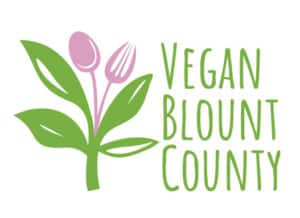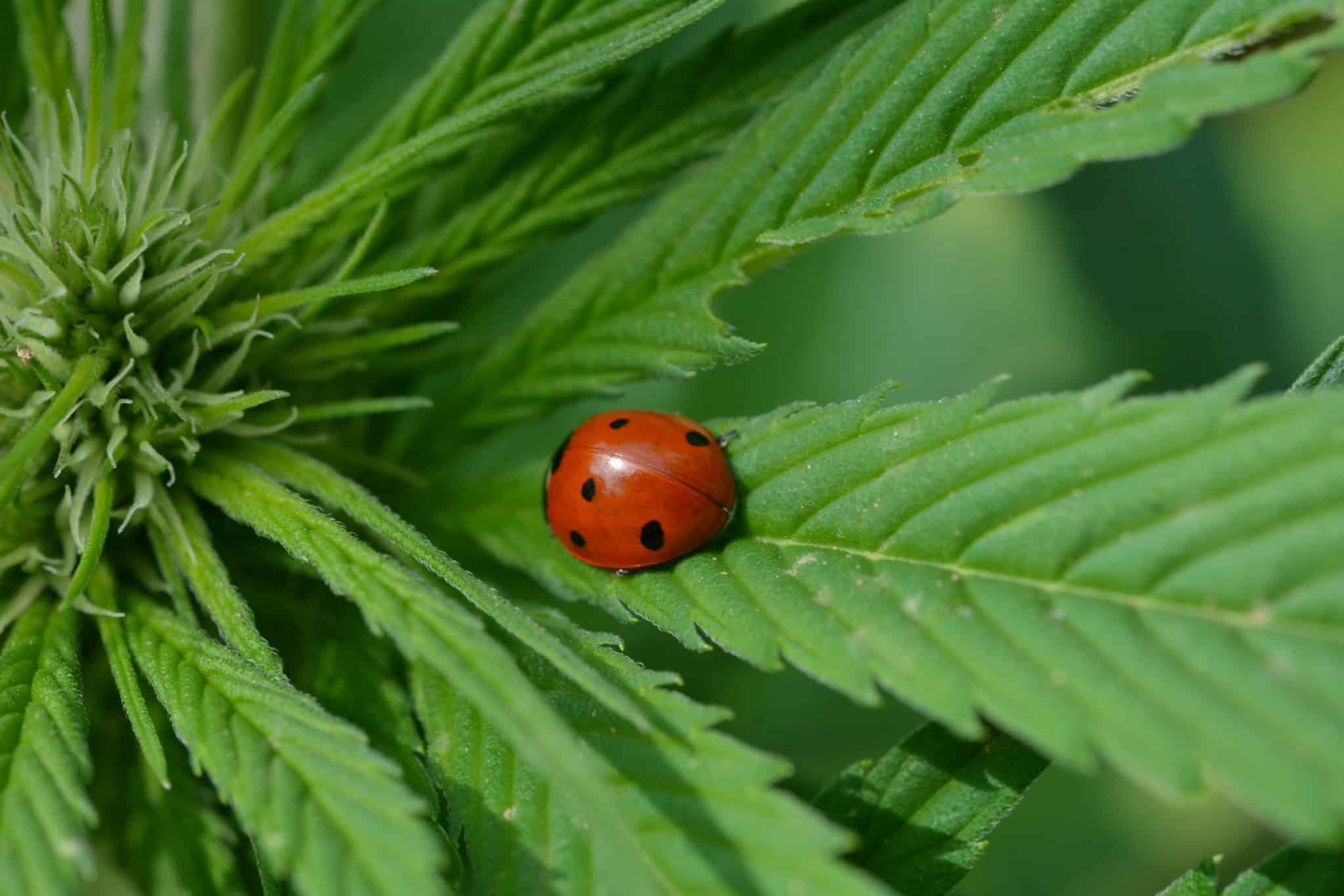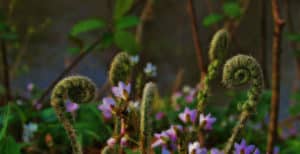- How To Learn From Melanie Joy’s Enlightening Concept of Carnism To Improve the World - June 24, 2024
- Unwrap Compassion: Unique Gifts for Vegans That Inspire and Delight - December 11, 2023
- Enjoy The Delightful Plant People Boutique: Beautiful Plants and Lovely Snacks - November 20, 2023
My yard is on a cul-de-sac, so we don’t get much foot traffic. But I often spot a pair of women walking down my street and stopping to examine my yard. One day I went over to greet them. It turned out they are mother and daughter, and one of the things they do when the daughter visits is wander the neighborhood.
We talked about my pollinator-friendly plants, and they asked about one of my trees, a sassafras. I broke off a twig and let them enjoy the aroma.
Before they continued their walk, the daughter said, “We like your yard. it’s interesting.” They didn’t say gorgeous or spectacular, but still, I was flattered. Interesting is perfect for my garden.
My ‘Interesting’ Yard
I’ve been working for decades on my lawn care, a little bit at a time, to transform the cookie-cutter landscaped yard that came with our house. At first, my goals were centered around growing organic vegetables and fruit. But as I learned more about sustainability, I started reducing the size of my lawn, composting, and making my little part of the world more wildlife-friendly. I received a Certified Wildlife Habitat from the National Wildlife Federation.
The Path to an Interesting and Smart Yard
Then I learned about the Tennessee Smart Yards program from the UT/TSU Extension.
“We call it a Smart Yard — a yard that is in balance with the local environment for the benefit of both people and our ecosystem.”
Following the suggestions in the program means keeping your yard and surrounding areas ecologically sound:
- Supporting pollinators and wildlife
- Preventing pollution of our waterways
- Growing healthy food
- Being a role model for your children and grandchildren
How the Tennessee Smart Yard Progam Works
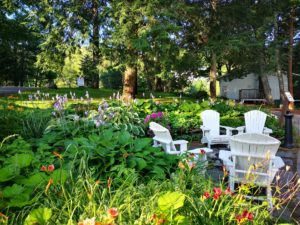 The nine principles of the Tennessee Smart Yards Program are:
The nine principles of the Tennessee Smart Yards Program are:
- Right Plant, Right Place (plan your site, assess conditions, use natives)
- Manage Soils and Mulch (protect surfaces and avoid runoff)
- Reduce, Reuse, Recycle (recycle and compost)
- Water Efficiently (manage water, use rain barrels)
- Use Fertilizer Appropriately (test soil and fertilize properly)
- Manage Yard Pests (use beneficial insects, avoid pesticides)
- Reduce Stormwater Runoff and its Pollutants (capture rain, use permeable surfaces)
- Provide for Wildlife (incorporate pollinator-friendly plants, bird feeders)
- Protect Water’s Edge (prevent runoff)
As you implement the suggested principles, you earn points toward a ‘yardstick.’ For example, protecting soil surfaces with vegetation to minimize erosion by rainfall and runoff provides 2 inches toward the goal of 36 inches.
Get 36 inches through your activities, and you can certify your yard.
Because we have different types of yards, the program offers over 70 inches worth of opportunities. For example, one of the areas is protecting water’s edge, and my yard does not border a waterway.
How To Get Started
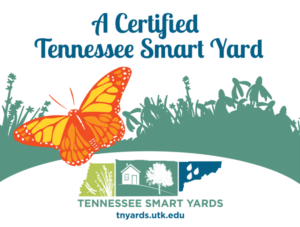 Go to the Tennessee Smart Yards website at: tnyards.utk.edu
Go to the Tennessee Smart Yards website at: tnyards.utk.edu
Step 1: Download the workbook and the yardstick. Options for tracking your progress include a spreadsheet and printables, so choose whatever works for you.
Step 2: Watch the videos – one for each Smart Yard principle.
Step 3: Take actions toward your goal of 36 inches.
Step 4: Certify Your Smart Yard.
Step 5: Purchase and put up your yard sign. This is optional, but the $30 sign cost supports the program. And it may inspire your neighbors.
Be a Steward with Your Lawn Care
I hope my yard sign sparks my neighbors to consider environmentally-friendly lawn care.
Be a role model for your neighbors, children, and grandchildren.
Environmental steward Doug Tallamy writes:
“Our National Parks, no matter how grand in scale are too small and separated from one another to preserve species to the levels needed. Thus, the concept for Homegrown National Park, a bottom-up call-to-action to restore habitat where we live and work, and to a lesser extent where we farm and graze, extending national parks to our yards and communities.”
I love the idea of being one part of a homegrown national park. Will you join me?
READ NEXT
How To Use Your Stuff To Make The World a Better Place
